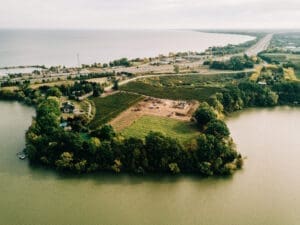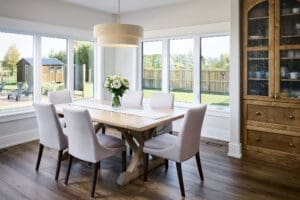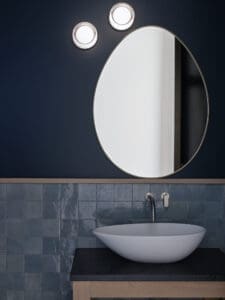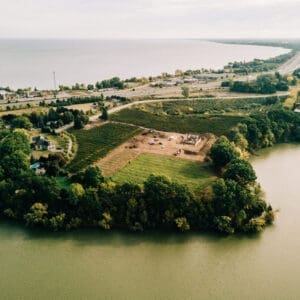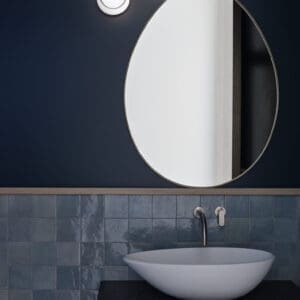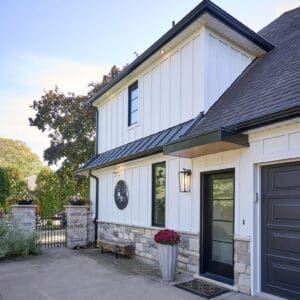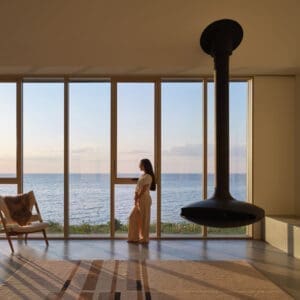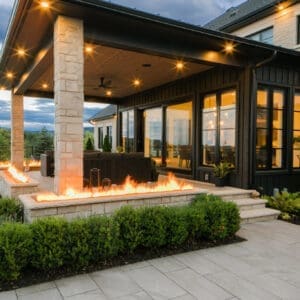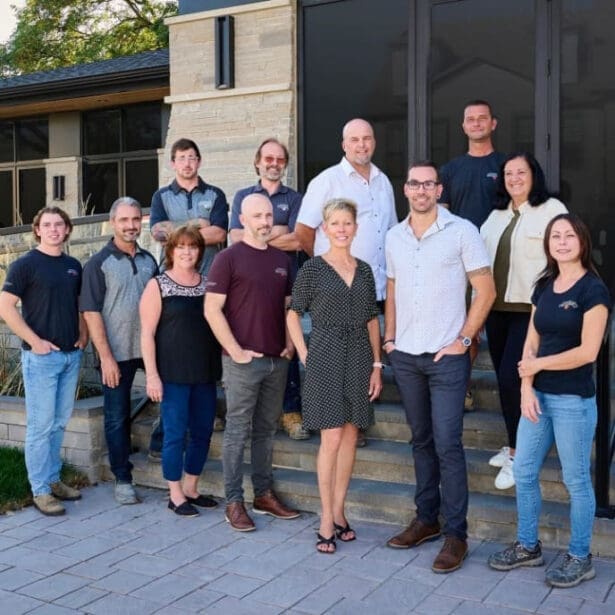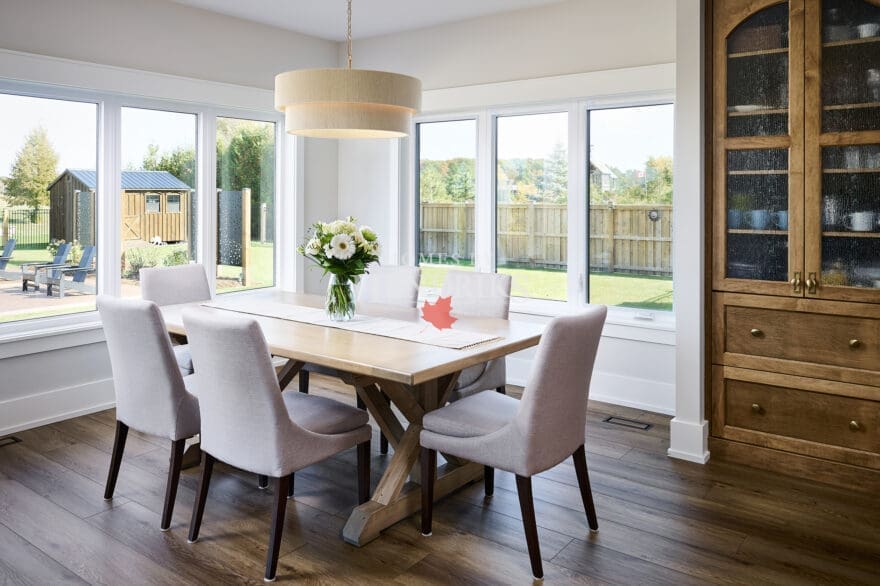
The modern home has evolved far beyond four walls and a roof. In 2025, homeowners are redefining what it means to live comfortably — prioritizing spaces that are both intelligent and intuitive. At Homes by Hendriks, we’ve seen firsthand how thoughtful design and smart technology can create homes that feel better, function better, and last longer.
Here’s how the next generation of homes is being shaped around comfort, efficiency, and smarter living.
- Smarter Spaces Start with Smarter Design
Efficiency doesn’t just come from gadgets — it starts on the drafting table. Open, flexible layouts continue to dominate, but now with a stronger focus on purposeful flow. Homes are being designed to reduce wasted space, maximize natural light, and enhance thermal comfort through smart orientation and envelope design.
Our approach integrates architectural design and building science early in the process, ensuring every square foot contributes to livability. The result? Homes that feel right from the moment you walk in — intuitive, efficient, and deeply comfortable. - The Rise of the Connected Home
Smart home technology has matured. In 2025, it’s no longer about novelty — it’s about seamless integration. Automated lighting, zoned HVAC systems, and intelligent window coverings are working together to maintain ideal comfort while minimizing energy use. Voice control and app-based systems now serve homeowners quietly and efficiently, adapting in real time to habits and environmental changes.
What was once considered “techy” is now simply expected. The best smart homes aren’t the most complex — they’re the most invisible. - Energy Efficiency Is Personal Now
Energy-efficient design has moved beyond checklists. Homeowners today want performance tailored to their lifestyle — homes that balance sustainability with everyday practicality. Features like high-performance windows, advanced insulation, and energy recovery ventilation systems are now paired with renewable energy sources like solar panels and battery storage. These systems not only cut utility bills but create homes that are resilient and comfortable year-round.
At Homes by Hendriks, we design with both comfort and carbon in mind — helping clients invest in a home that performs as beautifully as it looks. - Health and Well-Being as Design Priorities
Smart living isn’t only about technology; it’s about how your home makes you feel. From indoor air quality and acoustics to natural light and biophilic materials, design decisions now take wellness seriously. Low-VOC finishes, fresh air systems, and abundant daylight all contribute to creating homes that support the health of those who live within them.
As people spend more time at home, these subtle design details have become central to what makes a home truly livable. - Building for the Future
Designing for comfort and efficiency means designing for the long term. Durable materials, flexible spaces, and future-ready infrastructure — think EV chargers, smart wiring, and adaptable layouts — ensure that today’s homes will stand strong in the decades ahead.
Homebuyers are looking for homes that grow with them — and that’s precisely what smart design delivers.
The Smarter Way to Live Starts with Smarter Building
At Homes by Hendriks, we believe that great design isn’t about choosing between comfort, efficiency, or style — it’s about combining them seamlessly. As we look ahead, homes built in 2025 and beyond will continue to blur the line between technology and craftsmanship, creating spaces that are more intuitive, sustainable, and enduring than ever before.
Because smarter living isn’t just about innovation — it’s about intention.
